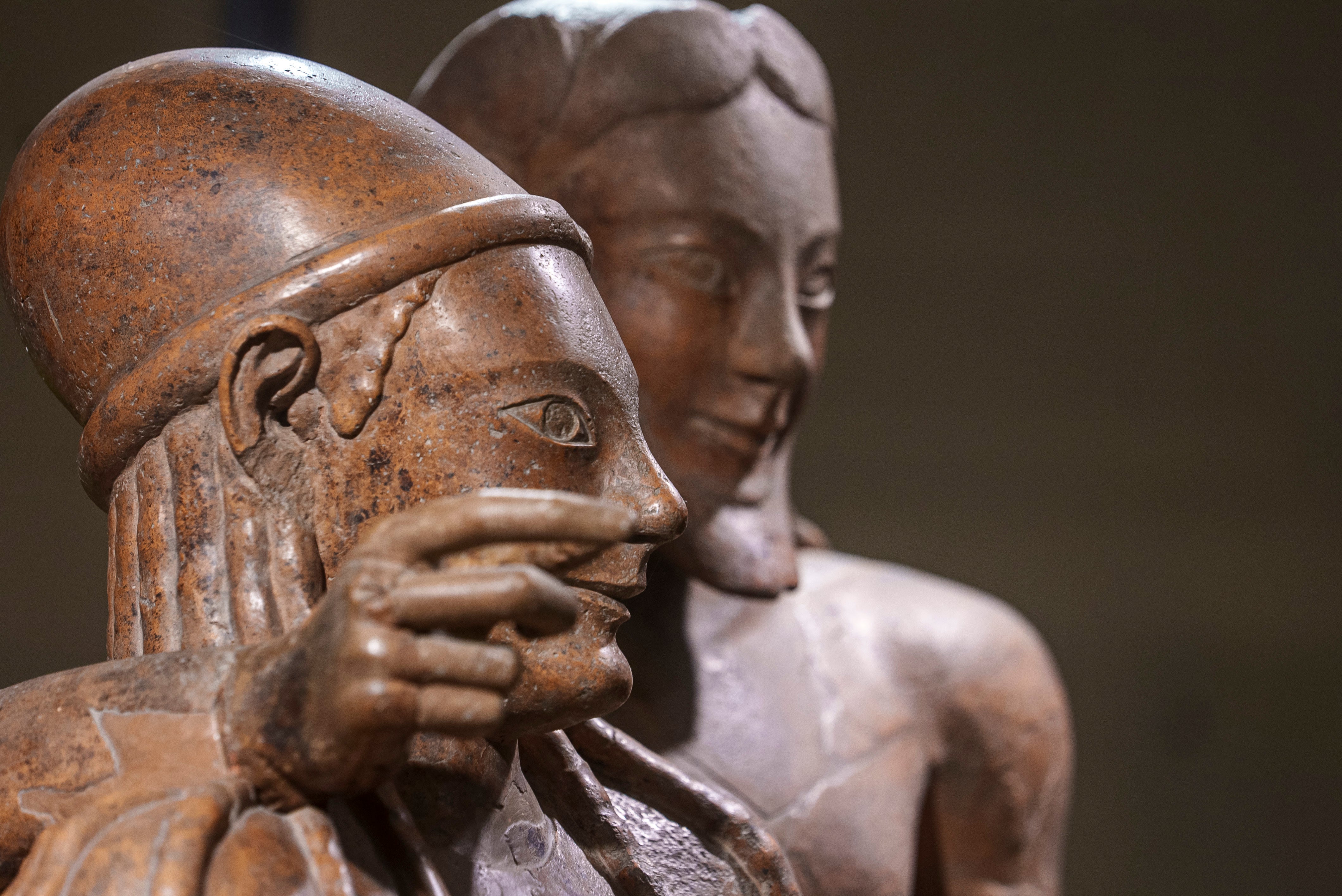2,500-year-old terracotta gets Valentine Day's love in Italy
A pair of terracotta lovers caught in a tender embrace for some 2,500 years are getting some Valentine’s Day TLC from Italian cultural officials

Your support helps us to tell the story
From reproductive rights to climate change to Big Tech, The Independent is on the ground when the story is developing. Whether it's investigating the financials of Elon Musk's pro-Trump PAC or producing our latest documentary, 'The A Word', which shines a light on the American women fighting for reproductive rights, we know how important it is to parse out the facts from the messaging.
At such a critical moment in US history, we need reporters on the ground. Your donation allows us to keep sending journalists to speak to both sides of the story.
The Independent is trusted by Americans across the entire political spectrum. And unlike many other quality news outlets, we choose not to lock Americans out of our reporting and analysis with paywalls. We believe quality journalism should be available to everyone, paid for by those who can afford it.
Your support makes all the difference.A pair of terracotta lovers caught in a tender embrace for 2,500 years are getting some Valentine’s Day TLC from Italian cultural officials.
One of the most famous lovers’ statues in the art world, the reclining spouses fashioned out of terracotta are being offered high-tech protection from the threat of earthquakes and lesser tremors from passing traffic outside, officials said Monday as they unveiled the 18-month project.
The Sarcophagus of the Spouses, made by an unknown artisan, is actually an urn constructed to hold the remains of the deceased. It is a top attraction at the National Etruscan Museum at Villa Giulia.
“The Sarcophagus is threatened on a daily basis by the vibrations produced by the tramway and the railroad Rome-Viterbo” said Valentino Nizzo, the museum’s director.
The 18-month project includes the construction of an anti-seismic platform for the sarcophagus that will help reduce vibration that threaten it.
The Sarcophagus, dating to the 6th century B.C., was discovered in 1881 in a necropolis in Cerveteri, a former Etruscan settlement near Rome. It was reconstructed from approximately 400 terracotta fragments.